After 65 years (May 19, 1959 - May 19, 2024), the spirit of opening the Ho Chi Minh trail of Truong Son soldiers continues to be promoted in the cause of building the homeland.
This spirit was assessed by General Vo Nguyen Giap: Truong Son troops were imbued with the determination to defeat the American invaders, upholding the spirit of patriotism, bravery, resilience, intelligence and creativity, overcoming countless hardships and fierce difficulties, excellently completing the task of opening the way, defeating the American imperialists' containment war with the spirit of "fighting the enemy while going, opening the way while advancing" ensuring the support of the great rear for the great front line.
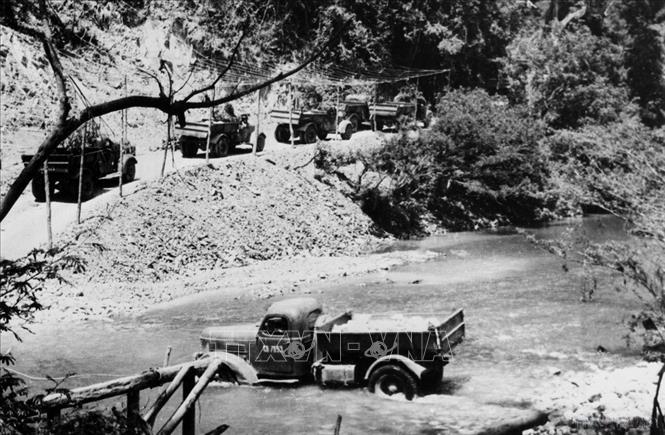 |
| Transporting rocks to open Truong Son road. Photo: VNA |
Honoring the country's outstanding children
In Quang Tri province, Khe Ho in Vinh Ha commune, Vinh Linh district is the starting point of the Ho Chi Minh trail or Route 559. This is the location that the "Special Military Task Force" (Group 559) chose as the place to gather goods and ammunition, the beginning of the Ho Chi Minh trail to support the southern battlefield during the resistance war against the US to save the country. Khe Ho is located in a narrow valley, at the foot of Dong Noc mountain range, next to the upper Rao Thanh river. In 2011, Khe Ho was recognized by the Ministry of Culture, Sports and Tourism as a national relic "Starting point of Route 559".
To serve the cause of industrialization and modernization of the country, the Government has invested in building Ho Chi Minh Road, becoming a vital route in the national transportation system. In 2000, the Ho Chi Minh Road section through Quang Tri province began construction with two branches, East and West. Accordingly, the East branch of Ho Chi Minh Road passes through Vinh Linh, Gio Linh and Cam Lo districts; the West branch has two sections (one section passes through Huong Hoa district, one section passes through Dakrong district) with a total length of more than 200km. This route has become a driving force for local socio -economic development and regional connectivity.
The Ho Chi Minh Road, East Branch, together with National Highway 1A and the Van Ninh - Cam Lo Expressway (under construction), has become a vital traffic route along the North - South axis. This route currently has two lanes, paved with asphalt concrete, passing through the western hills of Quang Tri. After being built, traffic on this route has become increasingly bustling, densely populated residential areas have been formed; pepper and rubber fields, production forests stretch out along with many factories and production facilities built on both sides of the road.
Mr. Phan Van Chien, in Ben Quan town, Vinh Linh district - a locality located on the East branch of Ho Chi Minh road, shared that before 2000, this place was deserted and sparsely populated. The East branch of Ho Chi Minh road was built to connect other branch roads, facilitating traffic. Therefore, more and more people came to the locality to settle down, with the main occupations being economic forest planting, rubber and purchasing and processing wood.
The Ho Chi Minh Trail, the Eastern branch, is now modernly built and has bustling traffic. Up to now, traveling on this road, one can still see the time of "fighting the enemy while traveling, opening the way while advancing" of our army and people. Located on the Eastern branch of the Ho Chi Minh Trail, through Linh Truong Commune, Gio Linh District, is the Ben Tat suspension bridge. This is the first suspension bridge built by the Truong Son Engineering Corps from 1973-1974 on the upper reaches of the Ben Hai River - the 17th Parallel dividing the North and South since 1954. With a load capacity of 10 tons, a cable structure spanning over 100m across the Ben Hai River, the Ben Tat suspension bridge contributed to speeding up the support of the Northern rear to the Southern battlefield.
On Ben Tat hill on the Ho Chi Minh road, the eastern branch, through Linh Truong commune, is the Truong Son National Martyrs Cemetery - the resting place of more than 10,000 martyrs who were Truong Son soldiers. Construction began in October 1975 and was completed in April 1977. The Truong Son National Martyrs Cemetery represents the deep remembrance, infinite gratitude, and respect of the Party, State, and people for the country's outstanding sons who did not spare their blood and bones for the cause of national liberation and unification.
Mr. Pham Thanh Hoa, 57 years old, from Thanh Hoa province, shared that Truong Son National Martyrs Cemetery was built in a meaningful location, located next to the East branch of Ho Chi Minh road, the road where Truong Son soldiers lived and fought bravely in the great war to protect the Fatherland.
In this cemetery, every day fragrant incense smoke intertwines, people from all over the country come to offer flowers and incense to commemorate and express gratitude for the great contributions of the heroic martyrs who are the Truong Son soldiers. The great bell placed at the bell tower of the Truong Son National Martyrs Cemetery resounds continuously, echoing the Truong Son mountains and forests as if spreading the spirit in the four verses of Professor Vu Khieu engraved on the great bell in this cemetery:
"The vast Truong Son mountain range is the soul of martyrs
The East Sea is filled with heroic spirit.
Three mind-shaking summons
Thousands of miles of mountains and rivers carry heavy love.
Truong Son National Martyrs' Cemetery, Khe Ho, Dakrong suspension bridge and Ben Tat suspension bridge are component relics of the Special National Historical Relic "Truong Son Road - Ho Chi Minh Road", ranked by the Prime Minister in 2013.
Lifeline
The Ho Chi Minh Trail West branch through Quang Tri province has two sections: the section from National Highway 9 in Khe Sanh town through Huong Tan, Huong Phung, Huong Lap communes, Huong Hoa mountainous district. This is the only route connecting the mountainous border areas of Quang Tri, and also connecting with Quang Binh province. This route has many winding passes, one side is high mountains, the other side is deep abysses; the road surface has two lanes and is concreted. On both sides of the route are many densely populated residential areas and vast green production forests and industrial trees.
In particular, many wind power plants in Quang Tri province are concentrated along the Ho Chi Minh Highway, the western branch, through Huong Tan and Huong Phung communes. The wind power plants that have been put into operation since 2021 have spread to many other areas. These are tours to visit wind power fields that always attract visitors. The traffic routes that have been opened not only serve the wind power plants but also create connections between communes in mountainous border areas. Thanks to that, more livelihoods and economic development opportunities have been created for local people, most of whom are Pa Co and Van Kieu people.
The Ho Chi Minh Trail West branch from Dakrong suspension bridge intersects with National Highway 9 in Dakrong commune, Dakrong district to A Luoi district, Thua Thien - Hue province, plays a very important role in freight transport and regional connectivity. Vehicles receiving imported goods from Laos and Thailand at La Lay International Border Gate transport them on National Highway 15D for about 12km, then follow the Ho Chi Minh Trail West branch to Dakrong suspension bridge to National Highway 9 and travel throughout the Central provinces. According to a representative of the Border Control Station at La Lay International Border Gate, in recent years, this border gate has always been bustling as imported goods have increased sharply.
From 2021, Quang Tri province will build a connecting route between the East branch of Ho Chi Minh road and the West branch of Ho Chi Minh road, phase 1. The project has an investment capital of nearly 230 billion VND, nearly 15km long, passing through Vinh O commune, Vinh Linh district and Linh Truong commune, Gio Linh district; expected to be completed by the end of 2024. Director of Quang Tri Department of Transport Tran Huu Hung said that this route plays a very important role in breaking the monopoly of National Highway 9 from East Truong Son to West Truong Son and vice versa, promoting socio-economic development, serving rescue work, providing food when natural disasters occur and ensuring national defense and security.
Promoting the spirit of "opening the way to progress", Quang Tri province has been prioritizing resources to invest in completing the transport infrastructure system, creating momentum for economic development and regional connectivity. Specifically, the province has implemented many key transport projects such as: Cam Lo - Lao Bao Highway, National Highway 15D connecting La Lay International Border Gate with My Thuy seaport, and the coastal road connecting the East - West Economic Corridor./.
According to VNA
Source




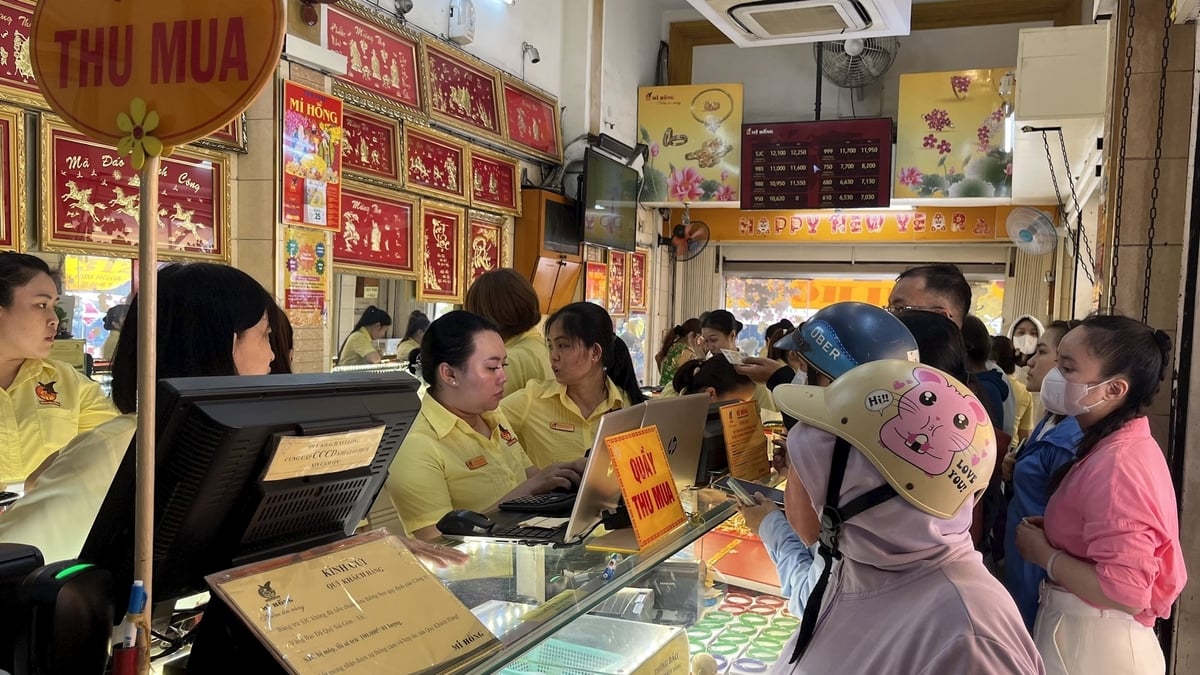
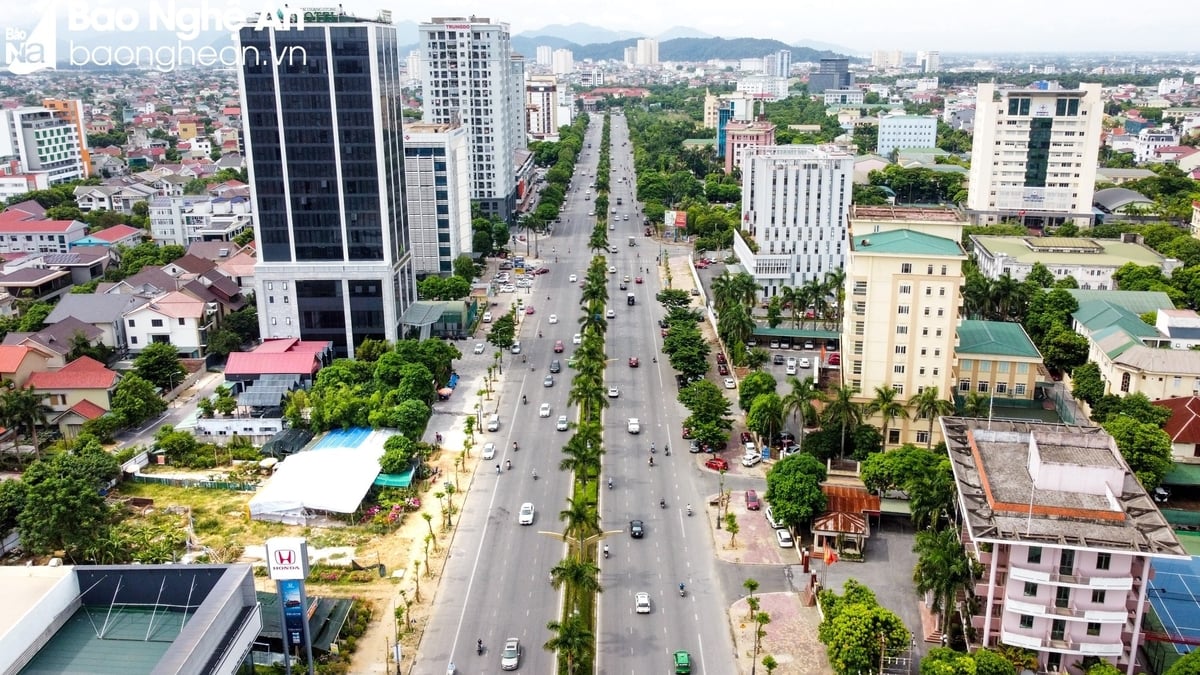
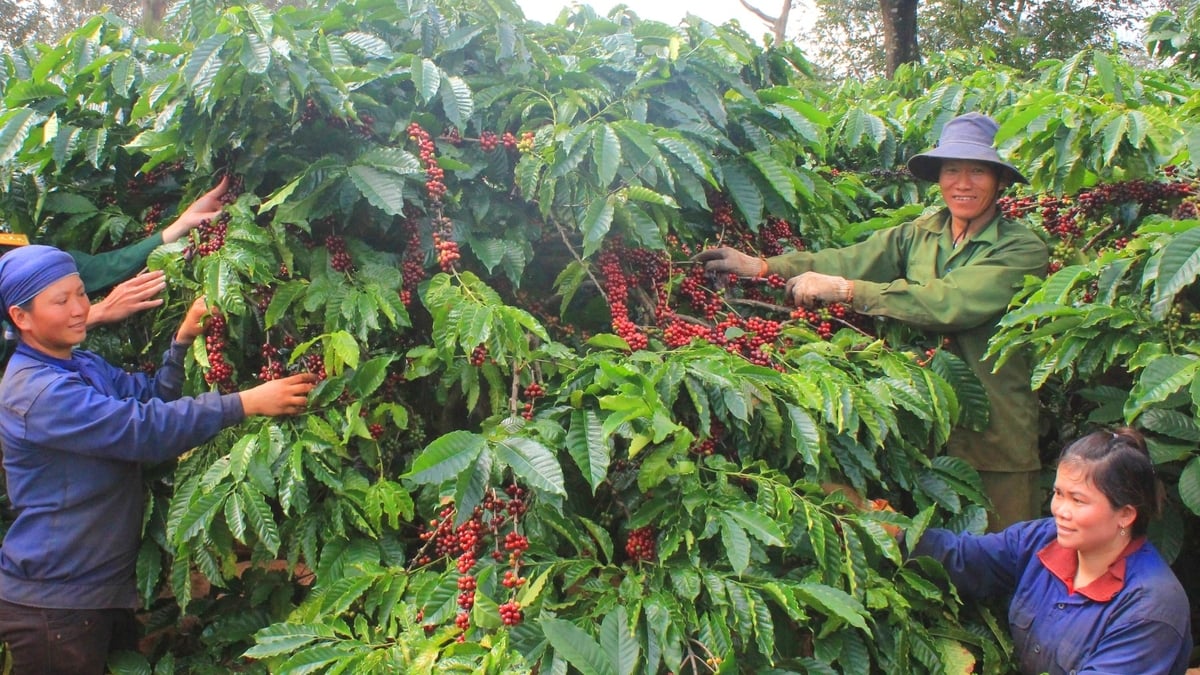
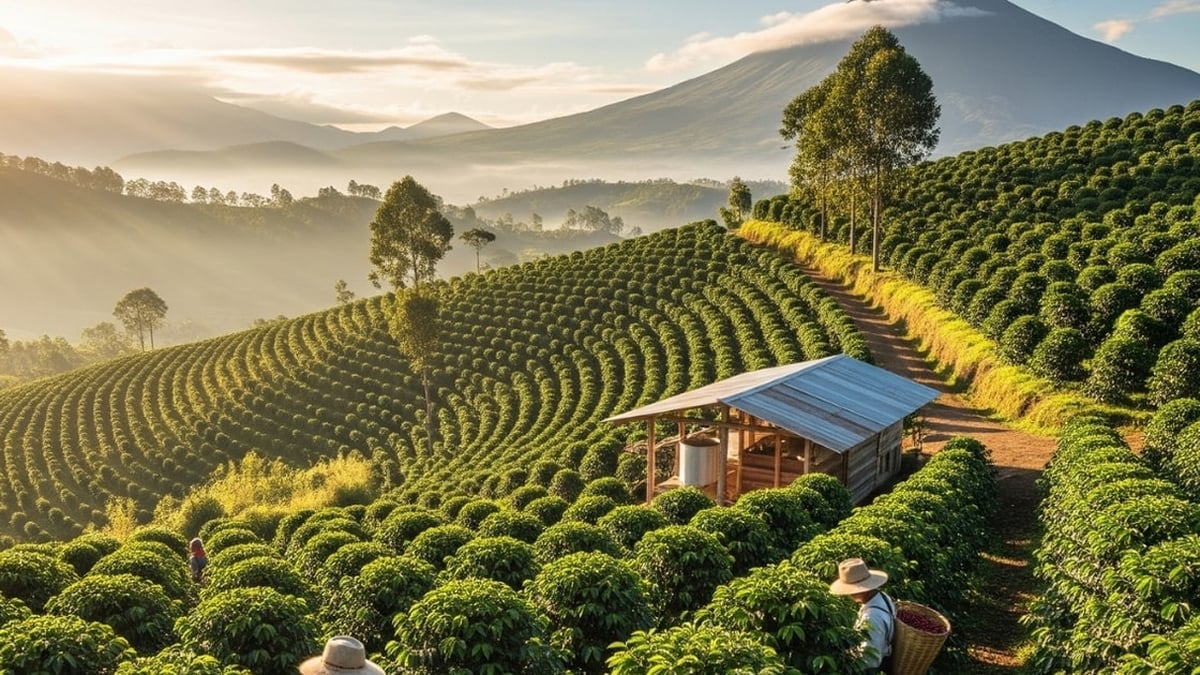
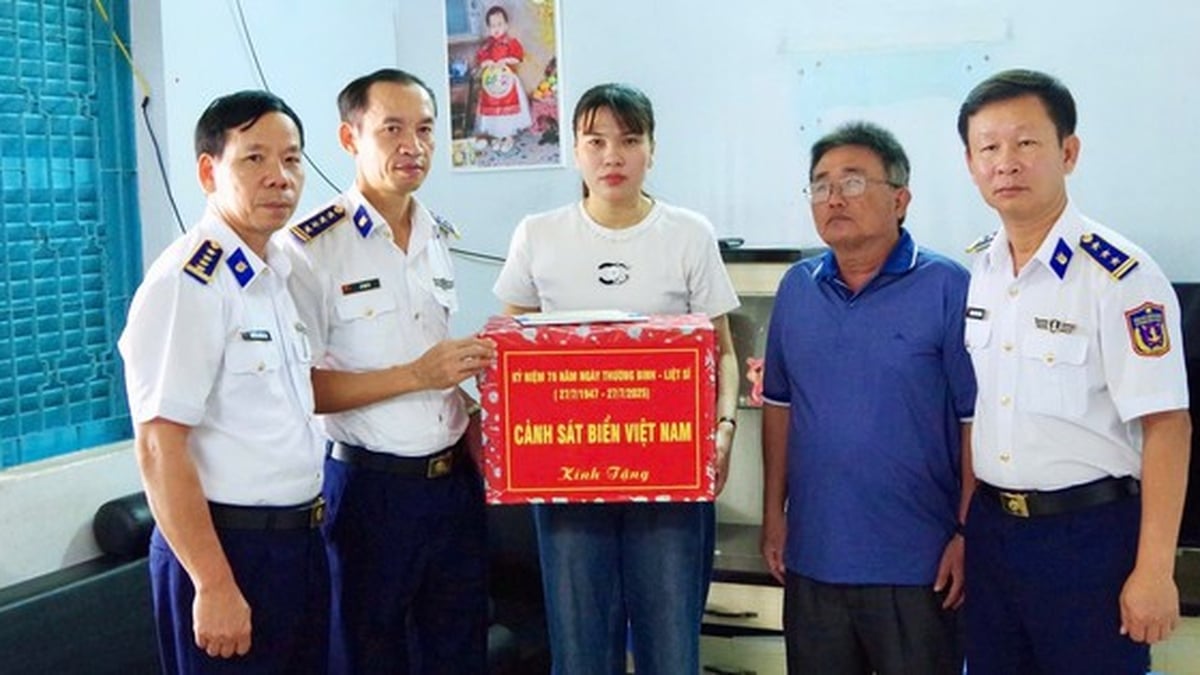


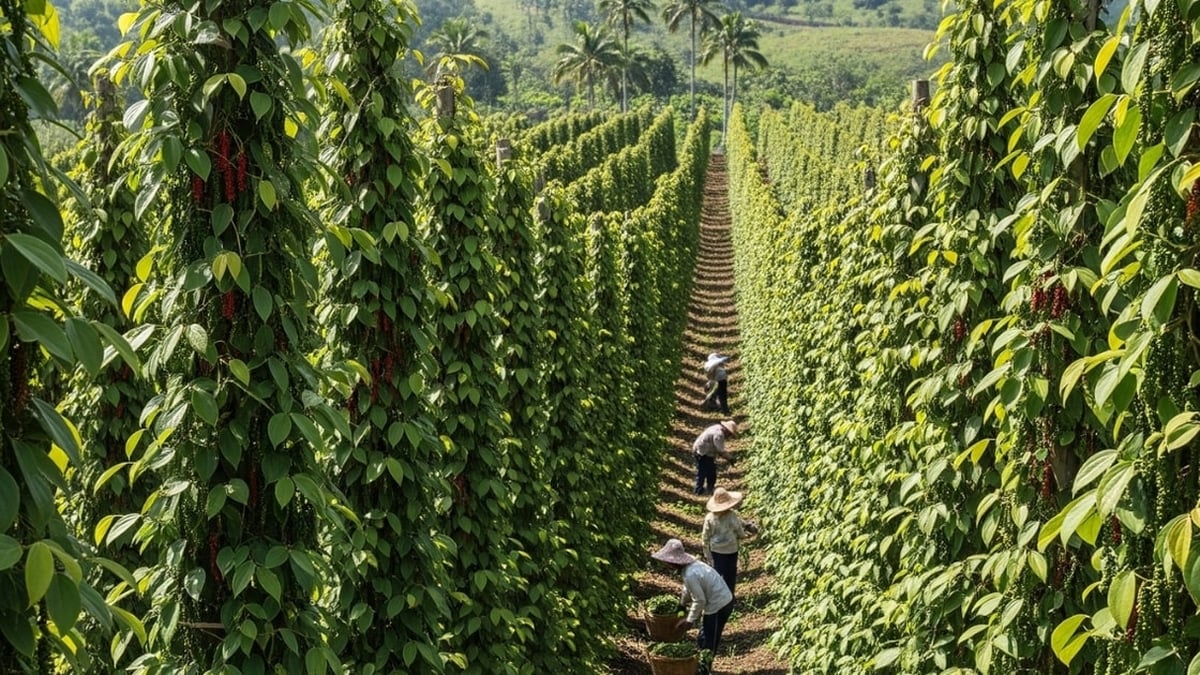






















































































Comment (0)